I spent a bit over two weeks island hopping the Pacific Island country of Fiji–hitting its three largest islands, plus several incredible micro-islands. I was surprised by how easy it was to ditch the tourists (in what I perceived to be an incredibly touristy country) and incorporate myself into the local life of Fijians.
Top Photo: Blue Lagoon Resort, Yasawa Islands
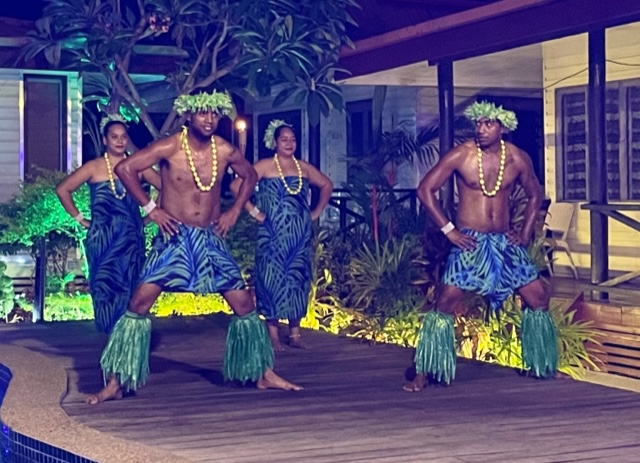
Destinations
Coral Coast: A section of coast on Fiji’s primary island with giant sand dunes and one of the country’s best beaches
Suva: The largest city in the South Pacific sits on a peninsula and has great eats and fun nightlife
Vanua Levu & Taveuni Islands: Fiji’s 2nd- and 3rd-largest islands are incredibly green and feature wonderful waterfalls (and (natural) waterslides!) and lots of solitude
Yasawa Islands: A series of 20 islands with dramatic mountain peaks, private island resorts (with affordable dorms for backpackers), and some of the most epic coral reefs in the world
Nadi: Home to Fiji’s international airport, the country’s 2nd-largest city is ringed by mountains and has a popular botanic garden and the largest Hindu temple in the South Pacific

Some Stats
- Fiji’s population is only 57% urban–almost half its population still lives in villages
- The nation’s life expectancy is only 67, quite low by global standards (wealthy countries are currently 80+). This is likely due partly to the islanders’ unhealthy and high-sugar diet and sedentary lifestyle (excluding of course the many hard-working farmers who brave the heat every day)
- Fiji’s median age is 30–there are lots of children everywhere! And the vast majority play freely and independently, which is always lovely to see coming from a helicoptered parented-nation like the US
- The US is the third most-popular emigration destination for Fijians after Australia & New Zealand. 23% of Fijians currently live out of the country, largely because economic and work opportunities here are quite limited
- Fiji punches above its weight in biodiversity, with 117 species here found nowhere else on Earth–very high for a tiny country
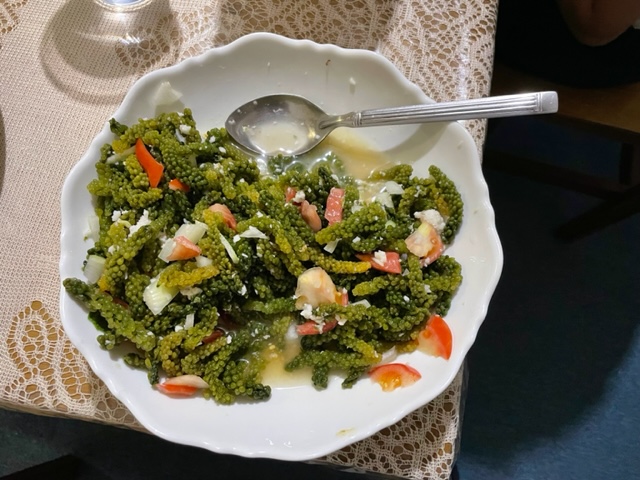
Why Is Fiji So Indian?
- Fiji is 64% Christian, 28% Hindu, & 6% Muslim. But hardly any ethnic Fijians are Hindu or Muslim.
- Ethnic Fijians only make up 57% of the population and they are predominantly Christian. A whopping 38% of Fijians are of Indian descent–they were brought here as sugarcane plantation laborers by the British Empire between 1879 & 1916.
- Much like many of the Japanese, Korean, & Filipino laborers who came to work in Hawaii, most Indian-Fijians were never able to earn enough money to return home even though the journey was intended to be a temporary way to make money
- Most of today’s Indo-Fijians have never been to India and can’t tell you which part of India their ancestors were from (this shocked me since India is a country with such strong regional identities & differences), but they remain very connected to Indian culture through religion (Hinduism, Islam, or Christianity), clothing, cuisine, and holidays (Diwali is huge here!).
- Despite coexisting in the same cities, towns, & villages for 100-150 years, the Indo-Fijian and ethnic Fijian communities have low rates of inter-marriage and tend to socialize primarily within their own group, aside from casual acquaintances on buses & taxis, at the grocery store, etc.
- Some Indo-Fijians hold negative stereotypes about ethnic Fijians–thinking of them as lazy is unfortunately common. I imagine there’s stereotypes going the other direction as well.
- While Indo-Fijians are certainly not rich, they do seem a bit more economically successful than ethnic Fijians and seem to own more businesses and completely dominate sectors like taxi driving
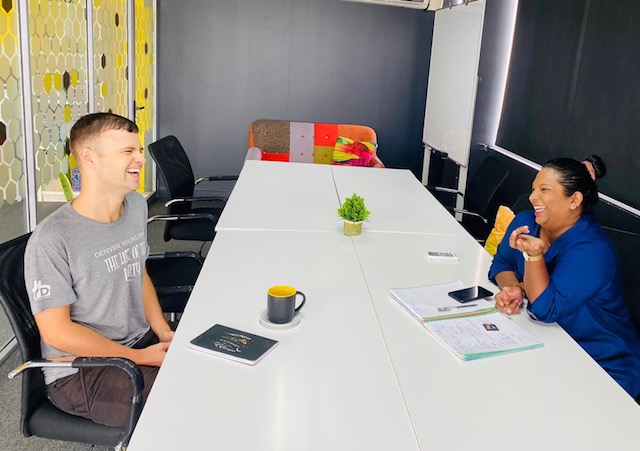
Is Fiji Polynesian?
I didn’t know this before coming here but the answer is no! Fiji is actually a Melanesian country, which is the region consisting of the westernmost Pacific Islands and the country of Papua New Guinea. Ethnic Fijians don’t look like what I imagined Pacific Islanders to look like–they are Black! While Melanesians don’t look exactly like Africans (who obviously have a lot of variation across their continent as well), Fijians I met identify as Black and lots of elements of Black & Caribbean culture (most prominently reggae music) are popular here.
I even learned from a book that centuries & centuries ago all Southeast Asians used to also be Black until a Chinese population wave went south and developed the current ethnic composition of the region.

How to Enter a Village
If you want to visit a Fijian village, there is a process to do so. (This process is skipped over if you’re just there to see a waterfall, in which case you just pay a fee at the “city hall” (it’s decidedly not a city hall but I don’t know what to call it lol) and go.)
- Ask to speak to the chief
- Offer the chief some kava, a crushed leaf powder that is mixed with water and drank as part of a ceremony.
- Ask the chief permission to enter
- If the chief says yes, you’re in! If not, try again another time 🙂
(Unfortunately, Fijian chiefs are almost 100% male. I only heard of one exception on a small island that is historically matrilineal.)

Bula!
Fiji is the first country I’ve been to where locals don’t ever greet you (a foreigner) by saying “hello!” or “hi!”. Fijians will always say “hello” in Fijian–“bula!” I love it.

Thanks! Have Some Land
My Airbnb host on the Coral Coast was a retired Australian teacher who had spent parts of some years as a volunteer teacher in a Fijian town. As a thank you, the local chief gave her some land, on which she built the Airbnb I stayed in and where she now lives permanently!

Barefoot Urbanites
Fijians are really, really good at walking barefoot. One Fijian I met even walked barefoot through the downtown of Fiji’s capital city, on sidewalks and into restaurants! I was blown away.

Who Needs a Toothbrush?
My lovely tour guide on a hike to one of Fiji’s lovely waterfalls pointed to a flower plant and told me that when she was a kid ~30 years ago, she used the stem of that plant as a toothbrush as her village had no toothbrushes! Fascinating.

The Korean Cult
I came across a delicious Korean-style dessert cafe in Fiji’s capital and then another location of it in the city of Savusavu on another island. Both times, the restaurants were plastered in #JusticeforGrace signs and I didn’t learn until later that the cafe is run by a cult that was started by a Korean lady who had a vision that the world was ending and that only Fiji would be preserved. Apparently, she and some other leaders have been jailed by Korean leaders for slave labor (new cult members would be required to work without pay for months) and other violations. Oop!
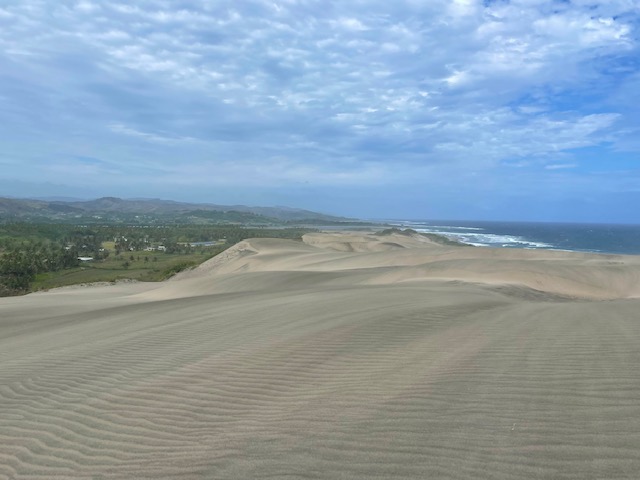
My Octopus Friend
I watched The Octopus Teacher (a must-watch Netflix documentary) a year ago and have read a lot about octopi intelligence so I was super excited when someone at the resort mentioned that there was a rock where an octopus lived nearby. The first time I went to go see it, I could barely see its head as it was hiding underneath but then I returned a few more times and I honestly think it got more comfortable with me as it came out and sat on top of the rock so I could see it very well. I even got to see it completely change colors to camouflage with the coral and then again to camouflage with the ground. So epic!!
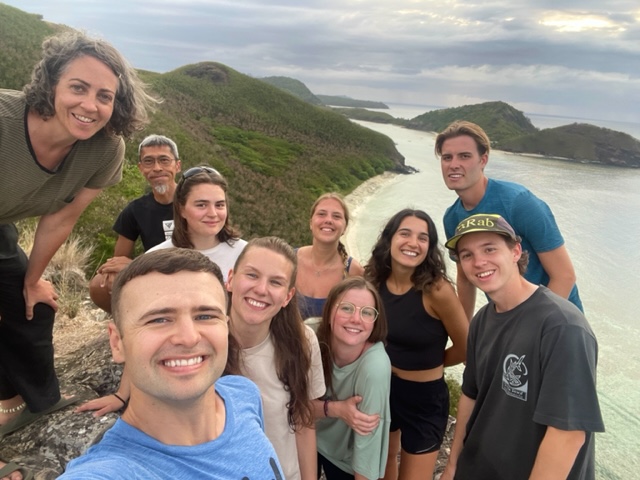
Hitchhiking Acquaintances
I always meet fascinating people while hitchhiking and that was certainly the case in Fiji!
- When I landed in Labasa Airport on the island of Vanua Levu, I needed to get to the town center to catch a bus to the city of Savusavu, my destination. There were no taxis at the tiny airport, so I tried to hitchhike. One of the first cars stopped and the couple agreed to drive me to Labasa until they realized I was going to Savusavu and they called their sister who had been on my flight and asked if she had extra space in her car. We then caught up to them on the road and I switched cars and got to enjoy a 2-hour journey with an Indo-Fijian family–a mom, son, daughter-in-law, and absolutely adorable 1-year-old grandson. The middle-aged lady revealed that she is actually half-white–her father was a British army officer.
- On Taveuni Island, I was picked up by a middle-aged Texan lady and Fijian guy, plus his Fijian niece. Turns out the Texan is a divorced CFO who still works for a company back home from Fiji and the Fijian guy was her new partner. She has two college-aged kids back home who she doesn’t think will ever visit her because they aren’t interested in travel. She kindly drove me way out of her way to drop me off at my hostel 🙂
- Back in Labasa, I needed a ride from the city center (where I went literally just to have a curry, which the city is famous for) and an Indian-Fijian guy who had just got off work (as a chef) and was going out for a drive instead of heading home because there was traffic in the direction of his home. Again, he wasn’t going to the airport but went out of his way to take me anyway and we had a great chat about careers, family, and culture.


A plant stem as a toothbrush? Very interesting!
LikeLike